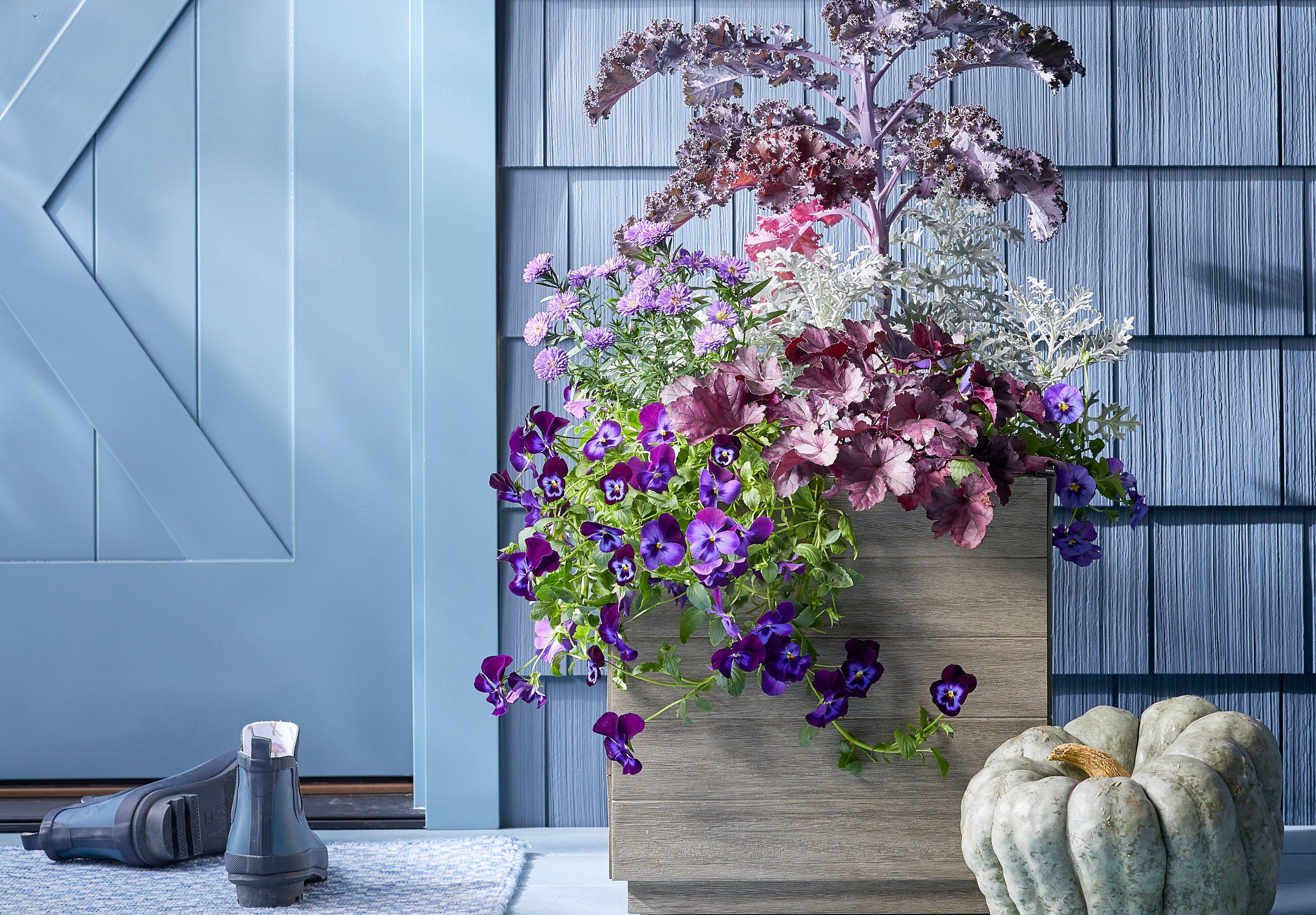If you’ve ever admired the perfectly-styled planters in Joanna Gaines’ home or garden, you probably wonder how she achieves such a lush, balanced look every time. In the fall issue of The Magnolia Journal, she shares her secret: the “thrillers, fillers, and spillers” method. This simple, yet effective design approach helps gardeners of all skill levels create eye-catching planter arrangements that are both beautiful and harmonious.
Thriller, Filler, and Spiller Method
The concept is straightforward and has been a staple in landscape design for decades, but Gaines' take brings a fresh, approachable flair. The formula divides the plants used in a container into three distinct roles:
- Thrillers are the show-stopping plants, often tall or dramatic, that provide vertical interest and a focal point in the planter.
- Fillers are the workhorses that add bulk, texture, and color to the middle of the arrangement.
- Spillers trail or cascade over the edges of the planter, softening the shape and adding movement.
Using this formula ensures that your planter looks full, balanced, and dynamic, rather than flat or one-dimensional.
Why It Works
Gaines explains that when she uses thrillers, fillers, and spillers in her planters, she creates a natural rhythm and flow that mimics how plants grow in the wild. This method prevents overcrowding and gives each plant its own space to shine.
This approach is helpful for both beginners and experienced gardeners alike because it simplifies plant selection and arrangement decisions. Instead of guessing how to mix plants, you start with a clear structure. It also encourages using plants with different textures, colors, and heights, so your planter has visual depth and interest.
Carson Downing
How to Use the Method at Home
To create a planter following Gaines’ no-fail formula, start by choosing plants for each category based on your climate, lighting conditions, and style preferences.
- Choose Your Thriller: Pick a plant that draws the eye upward or adds height. It could be a bold grass, an upright flowering plant, or a striking foliage plant. The thriller anchors your arrangement and provides a strong vertical element.
- Add Fillers: Fillers add volume and color and are generally mid-height plants with lush foliage or blooms that fill out the container’s center. Think of them as the “body” of your planter.
- Finish with Spillers: Spillers soften the edges and add a flowing, relaxed look. Trailing vines or plants that cascade over the sides work best to create movement and make the planter feel complete.
Gaines’ Go-To Plant Combos
In the Magnolia Journal, Joanna shares her favorite plant combinations for fall containers.
- Coneflower (Thriller): A bold, upright perennial with vibrant blooms that attract pollinators and add height.
- Coleus (Filler): Known for its colorful, variegated leaves, coleus adds rich texture and depth.
- Potato Vine (Spiller): With its trailing habit and glossy green leaves, potato vine spills elegantly over the edge of the planter.
This trio perfectly balances height, texture, and movement, creating a full and inviting container that fits seamlessly into any outdoor space.
Related
More Plant Formulas to Try
Here are a few other thriller-filler-spiller combinations to inspire your next planter project:
- Purple Fountain Grass + Dusty Miller + Creeping Jenny
- Ornamental Kale + Heuchera + Sweet Potato Vine
- Sunflower or Canna Lily + Salvia or Marigold + Ivy or Nasturtium
Experimenting with different plants based on this formula helps you create a variety of looks from modern and bold to soft and cottage-inspired.
Gardening Tips from Gaines
In the Magnolia Journal story, Gaines emphasizes the importance of container size and potting mix. Choose a planter large enough to accommodate your plant's growth, and use high-quality soil to keep them healthy. Make sure to water regularly, especially in warmer months, and don’t be afraid to switch out plants seasonally to keep your containers fresh.
Most importantly, remember to have fun. The thrillers, fillers, and spillers method isn’t just a planting strategy—it’s a way to bring creativity and personality to your garden spaces.



